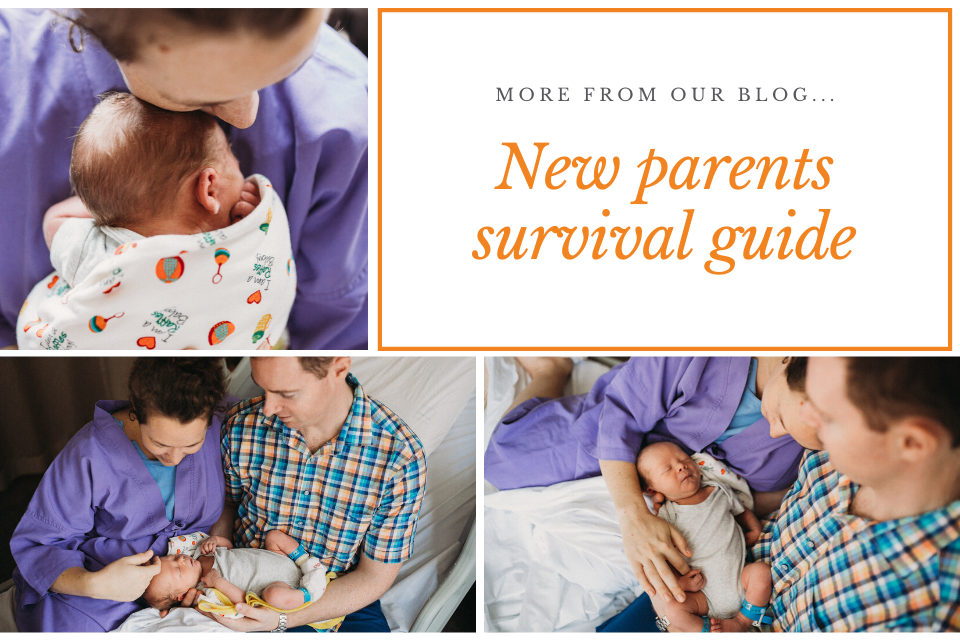
Keeping Your Baby in a Rear-Facing Car Seat
Keeping Your Baby in a Rear-Facing Car Seat
A common question parents ask is, “How long should my baby stay in a rear-facing car seat?” While there are a ton of resources online that’ll give you differing responses, the truth is that there’s no specific timeline! In fact, Child Passenger Safety experts will recommend to keep children in the rear-facing car seats for as long as possible, until they reach the height and weight limits of the seat you purchased. Even when your child outgrows a rear-facing seat, you can choose a subsequent seat that allows your child to remain rear facing.
While you may have heard that babies can start riding forward-facing at 6 months (current Australian legislation), 9 months (previous European standard) or 1 year old/9kg heavy (previous US standard), this is an out-of-date practice! These days, rear-facing seats have a higher weight limit, and riding rear-facing until age 4 and beyond is a huge safety advantage. And while it may be a milestone in your child’s life to turn the seat to a forward-facing position—don’t rush to have your little one grow up so fast! Especially when it concerns maximizing his or her safety.
Why Stick with Rear-Facing Car Seats?
The standard adult seat belt system protects a passenger by distributing the force of a crash to the strongest areas of the body, namely the hips and shoulders. Since infants don’t have body parts strong enough to absorb great amounts of force, rear-facing car seats are specifically designed to distribute the force along larger areas of the child’s body. This puts less stress on any one part of the child’s body, thus minimizing injury.
Young children, as their bones aren’t completely hardened yet, are also at greater risk for spinal cord injuries. This is especially true for infants, as their large heads are still quite heavy for their delicate necks to carry. Rear-facing seats completely support the neck and head of your child, and riding rear-facing for longer will guarantee the safety of your child from spinal cord injuries and crash incidents.
This video offers an excellent graphical representation of this:
Types of Rear-Facing Car Seats
There are 3 types of rear-facing car seats: rear-facing only, convertible seats, and 3-in-1s or all-in-ones. Parents always start with a rear-facing seat, and from there, you can extend your child’s time riding in the rear-facing position by choosing either the convertible seat or the all-in-one seat. See the different type of seats below:
1. Rear-Facing Only Seats
This is the first type of seat you will purchase for your child (although some parents skip this one and go straight for a good value, longer lasting convertible seat like the Cosco Scenera NEXT or Axkid Minikid), used from birth all the way up until a child reaches the weight or height limit (whichever happens first). This is typically 13kg and while their head is contained inside the shell of the car seat, depending on the car seat. A child cannot outgrow this type (or any type) of car seat solely because they’ve reached a certain age.
These seats are small and usually double as a stroller-compatible carrier, making it convenient for parents to transport their child in and out of the car.
Once your child outgrows these rear-facing only seats, you can switch to an extended rear facing seat, convertible or 3-in-1 seat, as these seats will allow your child to ride rear-facing for longer.
2. Convertible Seats
These are called convertible seats as they can be used both for the rear-facing and forward-facing riding position. You can start your child out in the rear-facing position until your child exceeds the weight limit of the seat for the rear-facing position. Convertible seats are especially great for extending your child’s time riding in the rear-facing position, as the weight limit for the rear-facing position on convertible seats is much higher than infant seats, usually in the range of 18kg. Once they exceed this number, you can sometimes “convert” the seat into a forward-facing seat to extend its life.
This seat can be a great investment as your child will likely be able to use the seat for longer. However, convertible seats are usually quite bulky. Also, unlike rear-facing only car seats, convertible car seats don’t double as a carrier, and are generally hard to transport.
3. 3-in-1 Seats
These seats are just like the convertible seat, but with the added bonus of tripling as a booster seat as well. All in all, this seat is a rear-facing car seat, a forward-facing car seat, and a booster seat—all wrapped into one!
Also a great seat to use to extend your child’s time riding rear-facing, all-in-one seats also have a high weight limit for the rear-facing position—around 18kg, just like the convertible seat.
However, these seats tend to be even bulkier than convertible seats and are inconvenient to carry or install into a new car. The upside is that this seat can be used the longest by your child, as it will accommodate your child from birth all the way up till your child can start using the adult seat belt system on their own.

Do you know that taking your car seat on a plane can be dangerous?
Check out Elise's tips to gate check your car seat.
Tips for Using a Rear-Facing Car Seat
Remember that installation is one of the most important processes when it comes to your baby’s car seat. Make sure the seat is installed tightly in the vehicle—it shouldn’t move even an inch sideways, forward, or back—and ensure that the harness is snug.
Also, never place a rear-facing car seat in the front of a vehicle with an active front passenger airbag, as if the airbag inflates, it will hit the back of the car seat and cause serious injury or death. Always install a rear-facing car seat in the back of the car.
If you’re using a convertible or 3-in-1 car seat in the rear-facing position, it’s essential that the seat belt or lower anchor webbing is routed through the correct belt path. When in doubt, check the manual or the instructions that come with the car seat, or ask us for help.
If your car is particularly small, you might also want to check if it’s alright that the car seat may contact the front seat of the vehicle. If you can’t find this information in the manual, check online or ask us.
Lastly, make sure the seat is installed at the correct angle, to ensure your child’s head is supported and doesn’t flop forward. When in doubt, check the instructions on what the best angle is and how to adjust the seat if needed.
The Bottom Line
Parents usually still have questions about riding rear-facing. What if my baby’s legs are touching the back of the seat? What if my child wants to start sitting forward-facing already?
The general rule is: as long as your child has not yet reached the maximum weight and seated height limits of your car seat (especially if the seat is a convertible or an all-in-one) then it’s safe to keep them in the rear-facing position—yes, even if their legs touch the back of the car seat.
You should be able to keep your child riding rear-facing until age 4 or higher (but as a bare minimum, 2 years old), depending on how fast your child grows. The fact of the matter is: a rear-facing car seat offers the best protection for your child and that protection should be maximized for as long as possible. Keeping your child riding in the rear-facing position is the safest choice you can make in terms of child passenger safety.
If you’re in need of a rear-facing car seat, or would just like to ask for more advice on keeping your child in the rear-facing position, then don’t hesitate to call us at Taxi Baby Co.! We want to make sure that traveling with your child will be safe and stress-free. Our team would be glad to assist you with any of your child passenger needs!
 Learning how to cope with your newborn? Read Alex's newborn survival guide for some great tips.
Learning how to cope with your newborn? Read Alex's newborn survival guide for some great tips.
